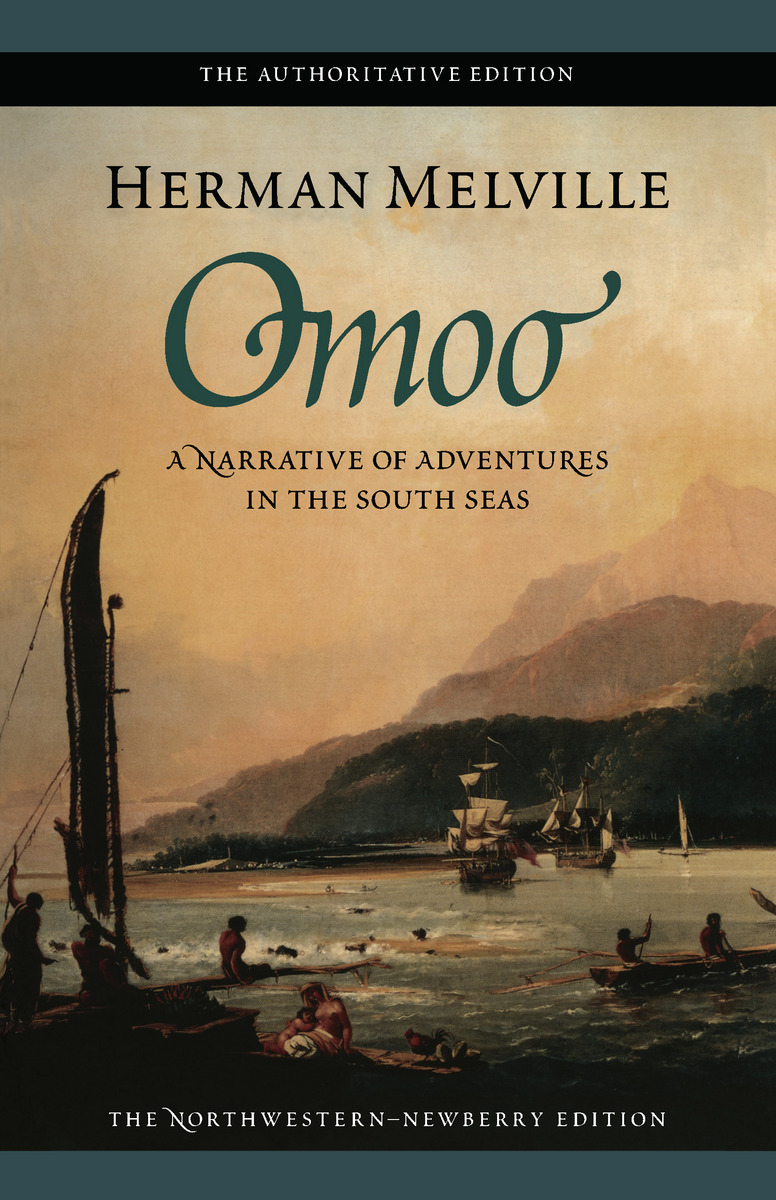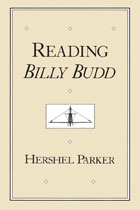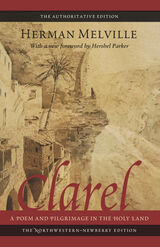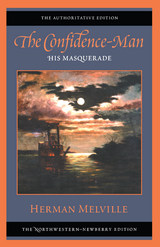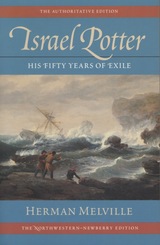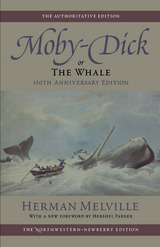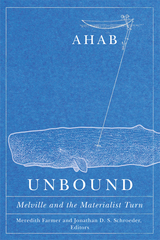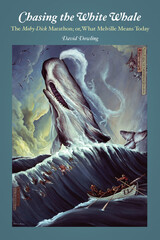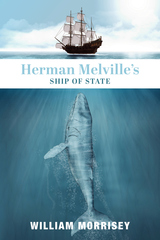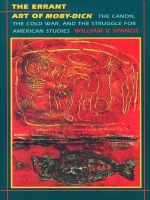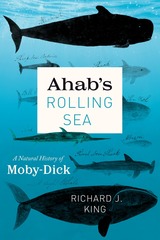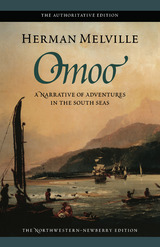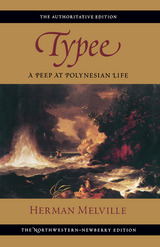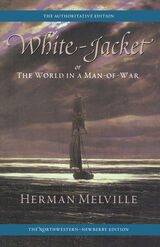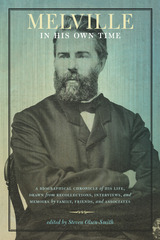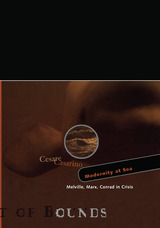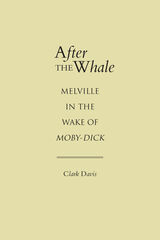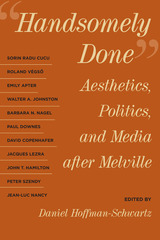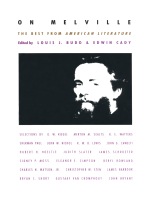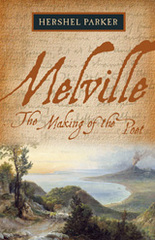Omoo: A Narrative of Adventures in the South Seas, Volume Two
Northwestern University Press, 1999
Paper: 978-0-8101-1765-5 | eISBN: 978-0-8101-2014-3
Library of Congress Classification PS2384.O6 1999
Dewey Decimal Classification 813.3
Paper: 978-0-8101-1765-5 | eISBN: 978-0-8101-2014-3
Library of Congress Classification PS2384.O6 1999
Dewey Decimal Classification 813.3
ABOUT THIS BOOK | AUTHOR BIOGRAPHY | TOC | REQUEST ACCESSIBLE FILE
ABOUT THIS BOOK
Melville's second book, Omoo, begins where his first book, Typee, left off. As the author said, "It embraces adventures in the South Seas (of a totally different character from 'Typee') and includes an eventful cruise in an English Colonial Whaleman (a Sydney Ship) and a comical residence on the island of Tahiti." The popular success of his first novel encouraged Melville to write a sequel, hoping it would be "a fitting successor." Typee describes Polynesian life in its "primitive" state, while Omoo represents it as affected by non-native influences.
Whitman praised its "good-natured style." But many reviewers doubted Melville's veracity, and some objected to his "raciness" and "indecencies." Some also denounced his criticism of missionary endeavors, for his attacks on missionaries were more polemical than those undertaken in the earlier book. Omoo, however, influenced later visitors to Tahiti such as Pierre Loti, Henry Adams, John La Farge, and Jack London; it was the book that sent Robert Louis Stevenson to the South Seas.
Whitman praised its "good-natured style." But many reviewers doubted Melville's veracity, and some objected to his "raciness" and "indecencies." Some also denounced his criticism of missionary endeavors, for his attacks on missionaries were more polemical than those undertaken in the earlier book. Omoo, however, influenced later visitors to Tahiti such as Pierre Loti, Henry Adams, John La Farge, and Jack London; it was the book that sent Robert Louis Stevenson to the South Seas.
See other books on: Adventures | Classics | Melville, Herman | Narrative | Volume Two
See other titles from Northwestern University Press
